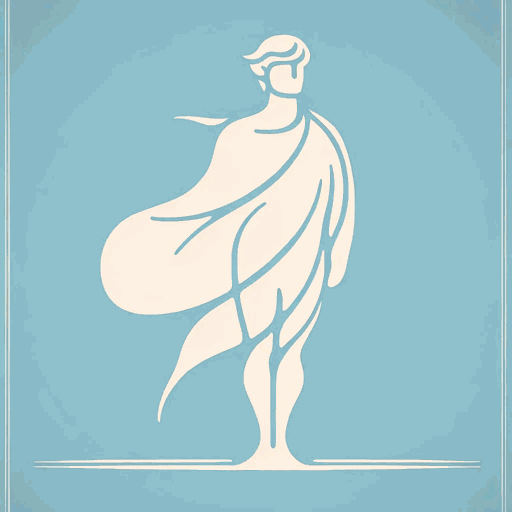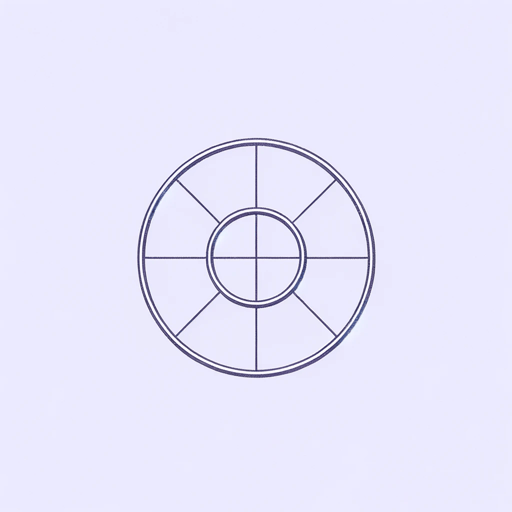82 pages • 2 hours read
Joseph CampbellThe Hero with a Thousand Faces
Nonfiction | Book | Adult | Published in 1949A modern alternative to SparkNotes and CliffsNotes, SuperSummary offers high-quality Study Guides with detailed chapter summaries and analysis of major themes, characters, and more.
Part 2, Chapter 3, Sections 5-8Chapter Summaries & Analyses
Part 2: “The Cosmogonic Cycle”
Part 2, Chapter 3, Section 5 Summary: “The Hero as Emperor and as Tyrant”
From one point of view, the hero is the propulsion of an exciting story; from another, he is at the mercy of a higher will. The first hero will receive a bride as his reward; the other will be reconciled to the father that is the source. The latter story is frequently told in religious tradition. It can be studied when a young person asks his virgin mother who his father is, as in the story of the Water Jar boy. The Water Jar boy asks his mother his father’s identity, but she cries and says he has no father. The Water Jar boy travels to a spring called Waiyu powidi and finds a man there. The boy confronts the man and says he is the Water Jar boy’s father. He repeats this statement until the man admits it is true.
The father in these stories can prove to be menacing and the source of testing, as in the case of the Water Jar boy and Tonga’s story of the clam. When the hero wins his father’s approval, however, he returns home as a supreme, enlightened authority.
In a less hopeful example, the Zoroastrian tale of the Emperor Jemshid, quoted from Shah-Nameh, depicts a proud ruler who places himself above God: “I am unequalled, [.
Related Titles
By Joseph Campbell



